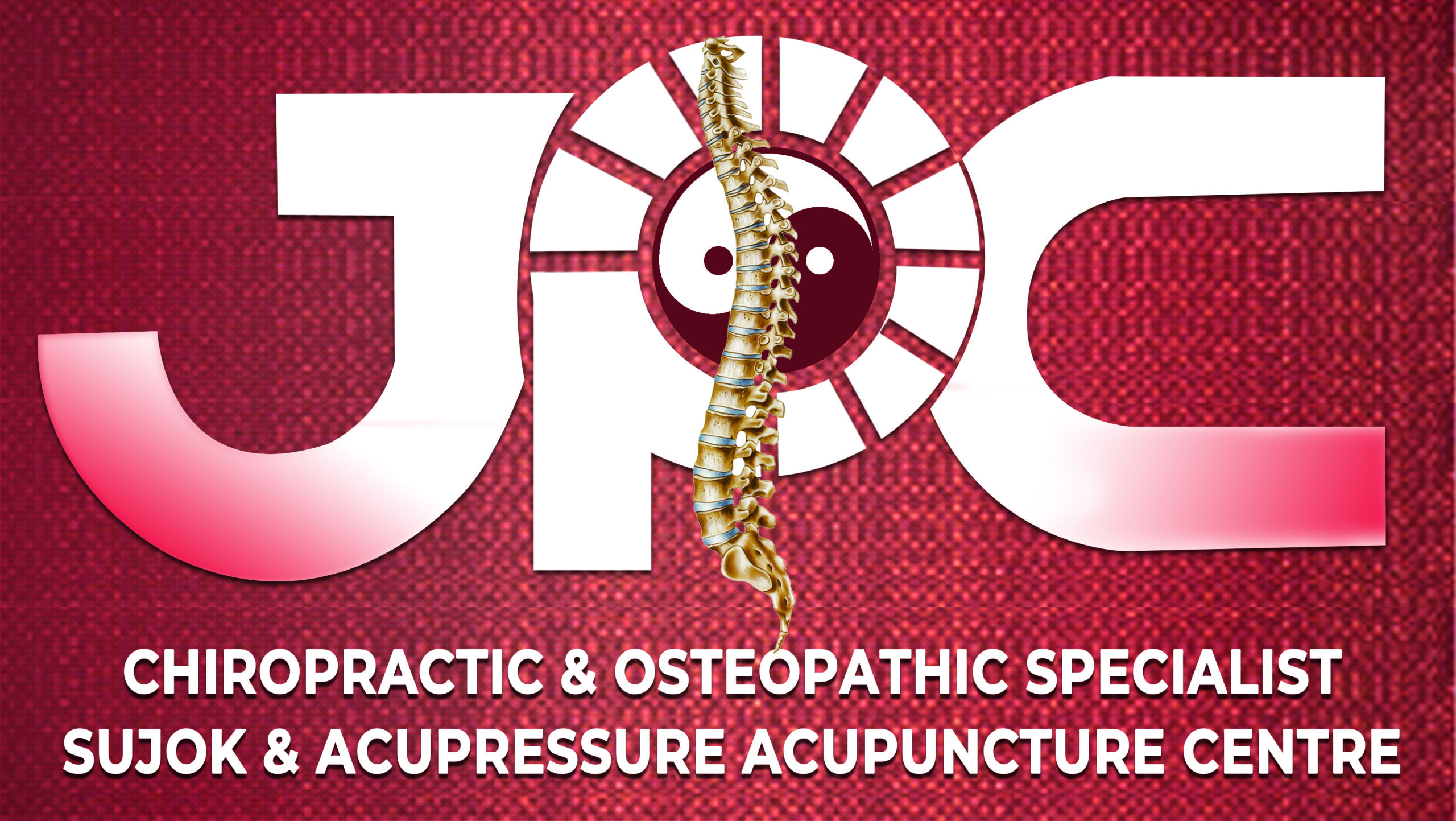Piles, also known as hemorrhoids, are swollen and inflamed blood vessels in the rectum and anus. They can be internal (located inside the rectum) or external (located outside the anus). Piles can cause discomfort, pain, itching, and bleeding, and they are a common condition affecting individuals of all ages. In this article, we will explore the causes, symptoms, diagnosis, and treatment options for piles.
Causes: Piles occur when the blood vessels in the rectum or anus become swollen and engorged. The exact cause of piles is not fully understood, but several factors can contribute to their development, including:
- Straining during bowel movements: Excessive straining while passing stool can put pressure on the blood vessels in the rectum, leading to their swelling and inflammation.
- Chronic constipation: Hard and infrequent bowel movements can contribute to the development of piles.
- Prolonged sitting or standing: Spending long periods of time sitting or standing can increase pressure in the rectal area and potentially contribute to the development of piles.
- Pregnancy: The increased pressure on the veins in the rectal area during pregnancy, as well as hormonal changes, can make pregnant women more prone to developing piles.
- Aging: The tissues supporting the blood vessels in the rectal area may weaken with age, making older individuals more susceptible to piles.
Symptoms: The symptoms of piles can vary depending on the type and severity. Common symptoms include:
- Itching, irritation, or discomfort in the anal area
- Pain or discomfort during bowel movements
- Bright red blood during or after bowel movements
- Swelling or a lump around the anus (external piles)
- Mucus discharge from the anus
- A feeling of incomplete evacuation after a bowel movement
Diagnosis: A healthcare provider can usually diagnose piles by conducting a physical examination and reviewing the individual’s symptoms and medical history. In some cases, additional tests such as a digital rectal examination, anoscopy, sigmoidoscopy, or colonoscopy may be recommended to rule out other conditions and evaluate the extent of the piles.
Treatment: Treatment options for piles depend on the severity of symptoms and the type of piles. Mild cases can often be managed with lifestyle modifications and self-care measures, while more severe cases may require medical intervention. Treatment options include:
- Lifestyle modifications:
- Increasing fiber intake: Consuming a high-fiber diet can help soften the stool and promote regular bowel movements.
- Drinking plenty of fluids: Staying well-hydrated helps maintain soft and bulky stool.
- Regular exercise: Engaging in regular physical activity can help prevent constipation and improve overall bowel function.
- Avoiding excessive straining: It is important to avoid prolonged straining during bowel movements.
- Topical medications:
- Over-the-counter creams or ointments containing hydrocortisone or witch hazel can help alleviate itching, pain, and discomfort associated with piles.
- Sitz baths:
- Soaking the anal area in warm water for 10 to 15 minutes several times a day can provide relief from pain and itching.
- Medications:
- In some cases, a healthcare provider may prescribe medications, such as stool softeners or oral pain relievers, to manage symptoms.
- Procedures or surgery:
- If lifestyle modifications and conservative measures are ineffective, procedures such as rubber band ligation, sclerotherapy, or infrared coagulation may be performed to shrink or remove the piles.
- In rare cases of severe or persistent piles, surgical intervention, such as hemorrhoidectomy, may be recommended.
Prevention: To reduce the risk of developing or worsening piles, individuals can follow these preventive measures:
- Maintain a high-fiber diet and drink plenty of fluids to promote regular bowel movements.
- Practice good bathroom habits, including not delaying or straining during bowel movements.
- Engage in regular physical activity to prevent constipation and promote healthy bowel function.
- Avoid prolonged sitting or standing, and take breaks if necessary.
- Maintain a healthy weight and manage any underlying conditions, such as chronic constipation or obesity.
In conclusion, piles are a common condition characterized by swollen and inflamed blood vessels in the rectum and anus. Understanding the causes, symptoms, diagnosis, and treatment options for piles can help individuals effectively manage the condition and prevent its recurrence. If you suspect you have piles or have concerns about your digestive health, it is important to consult a healthcare professional for proper evaluation and guidance.




